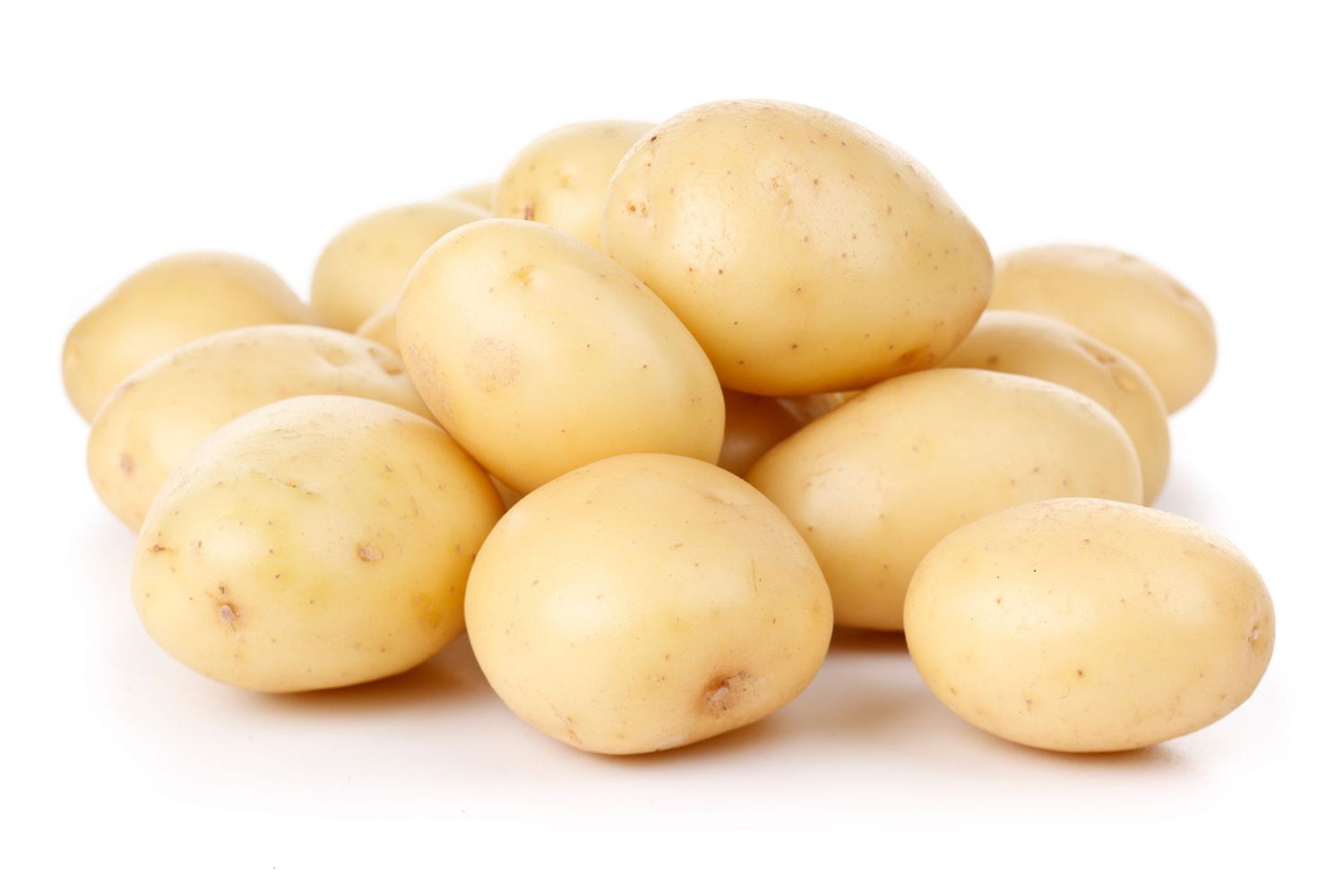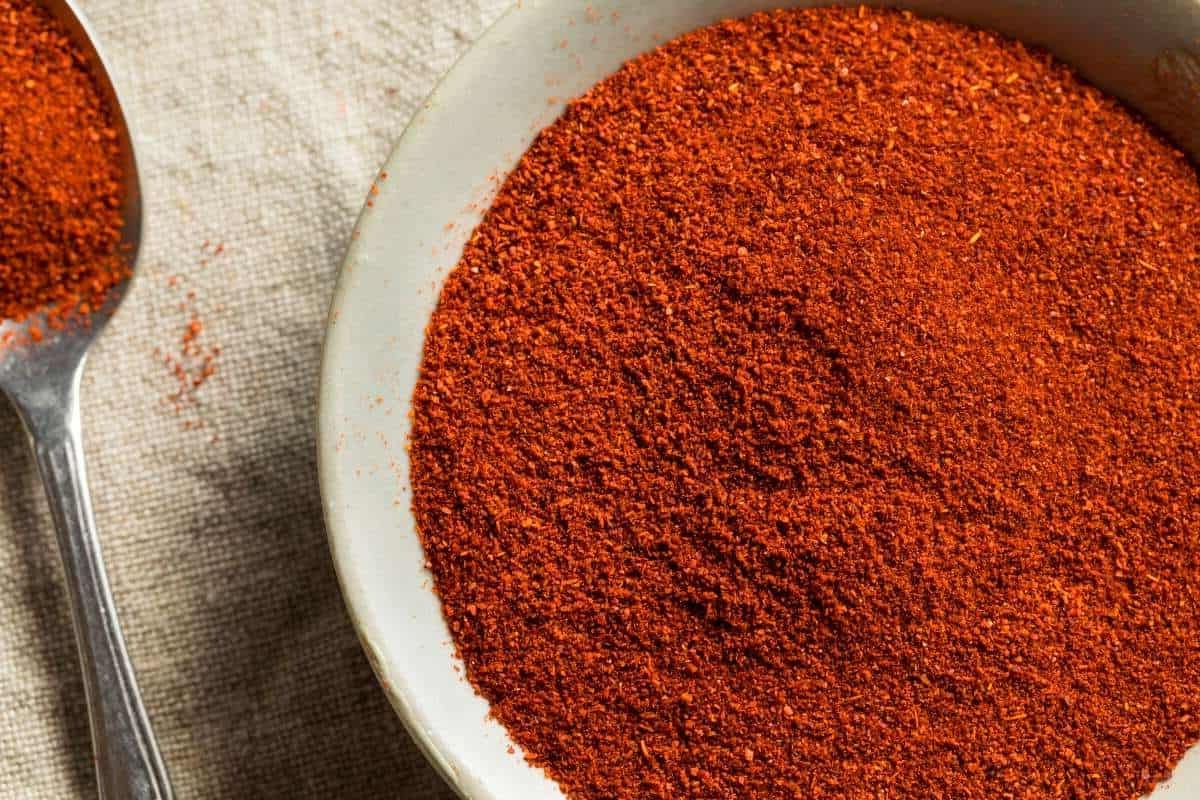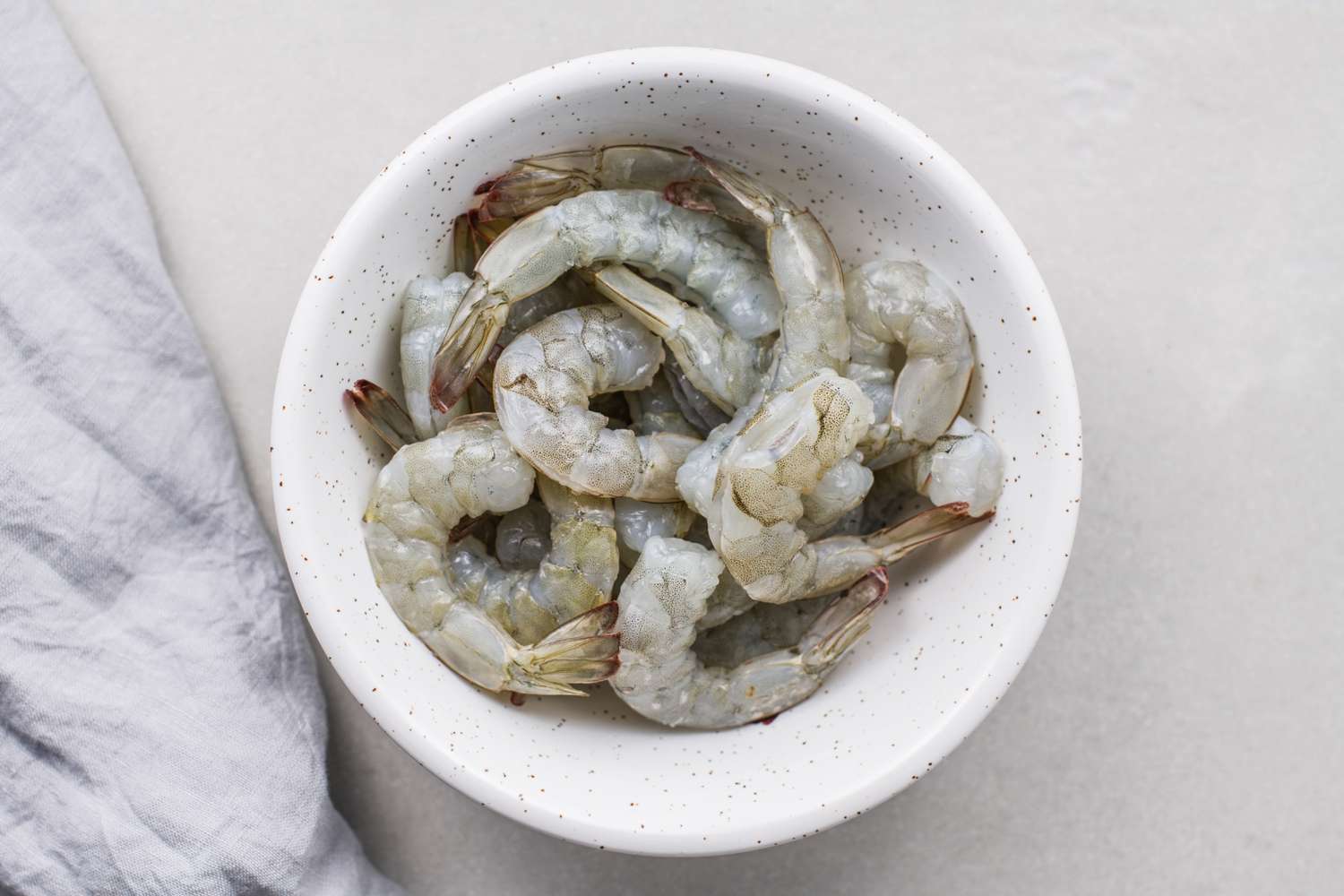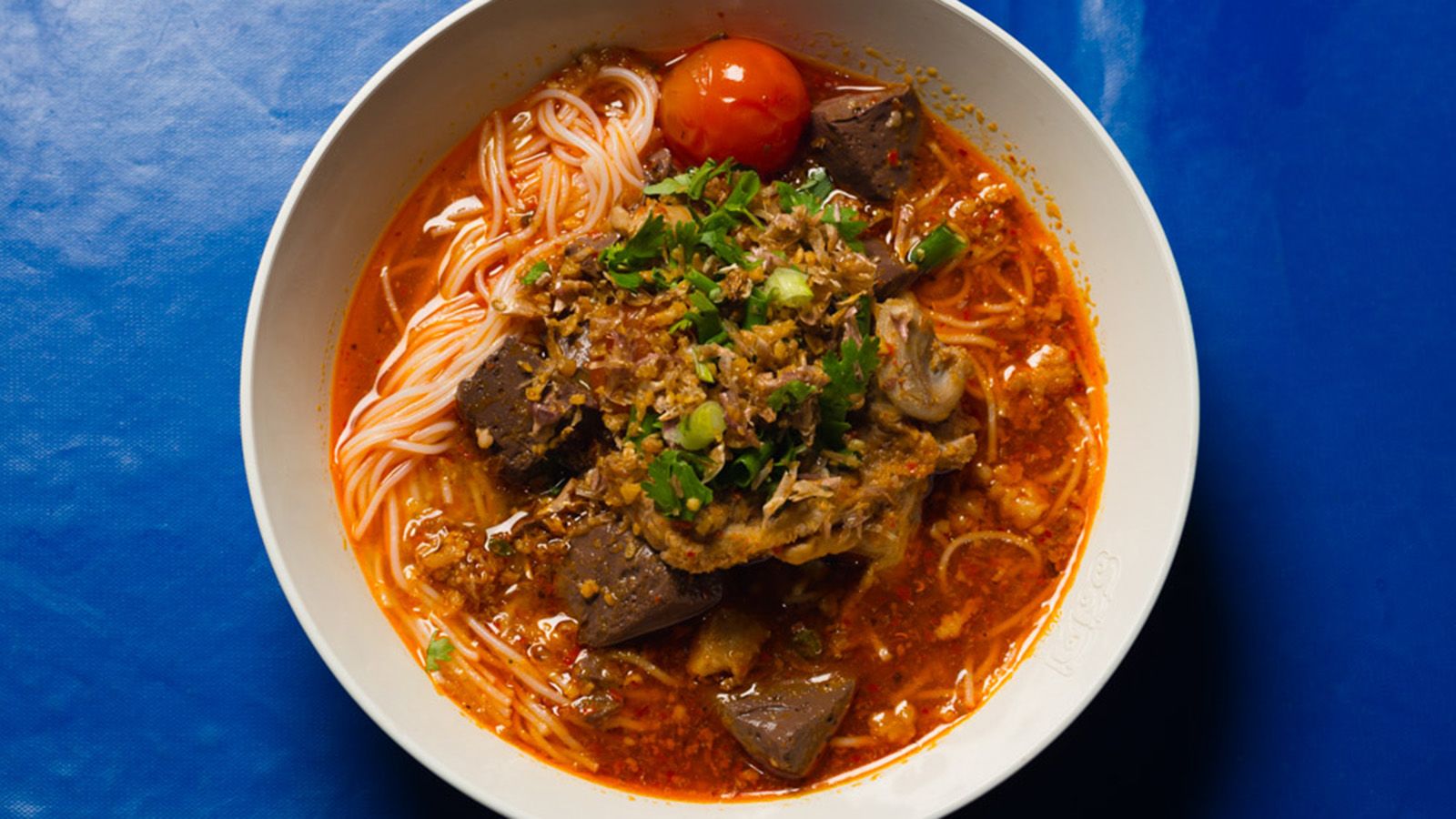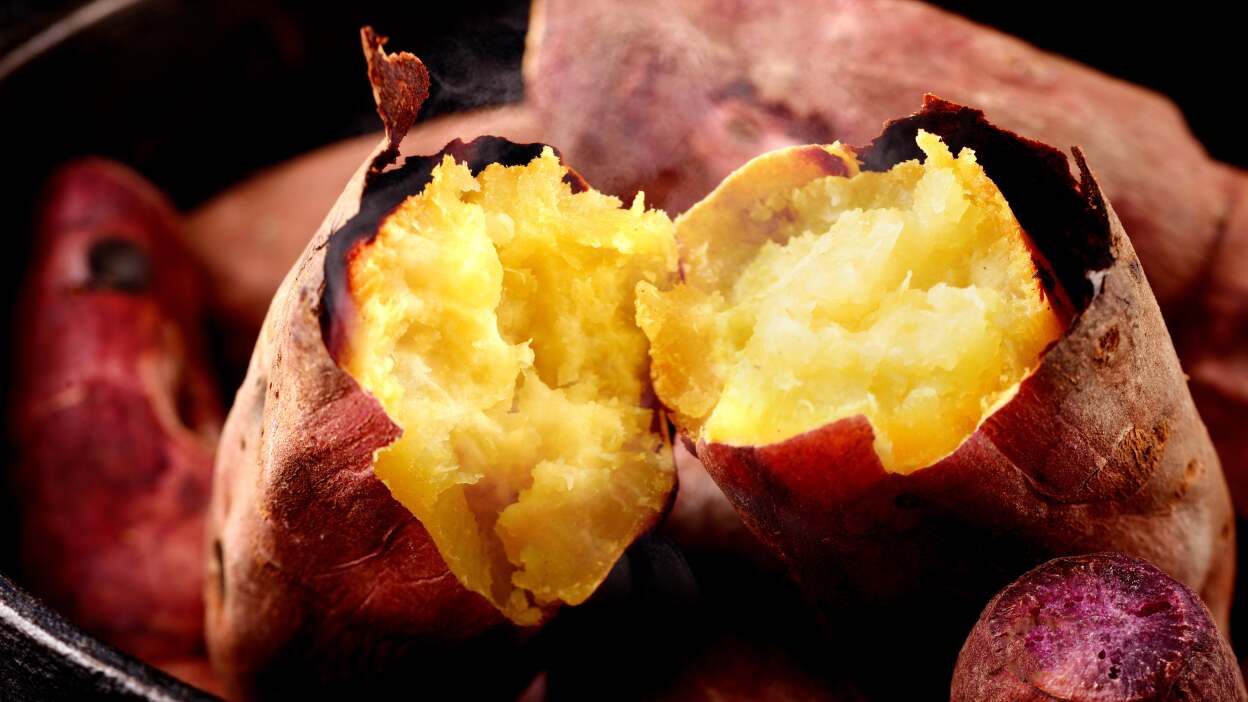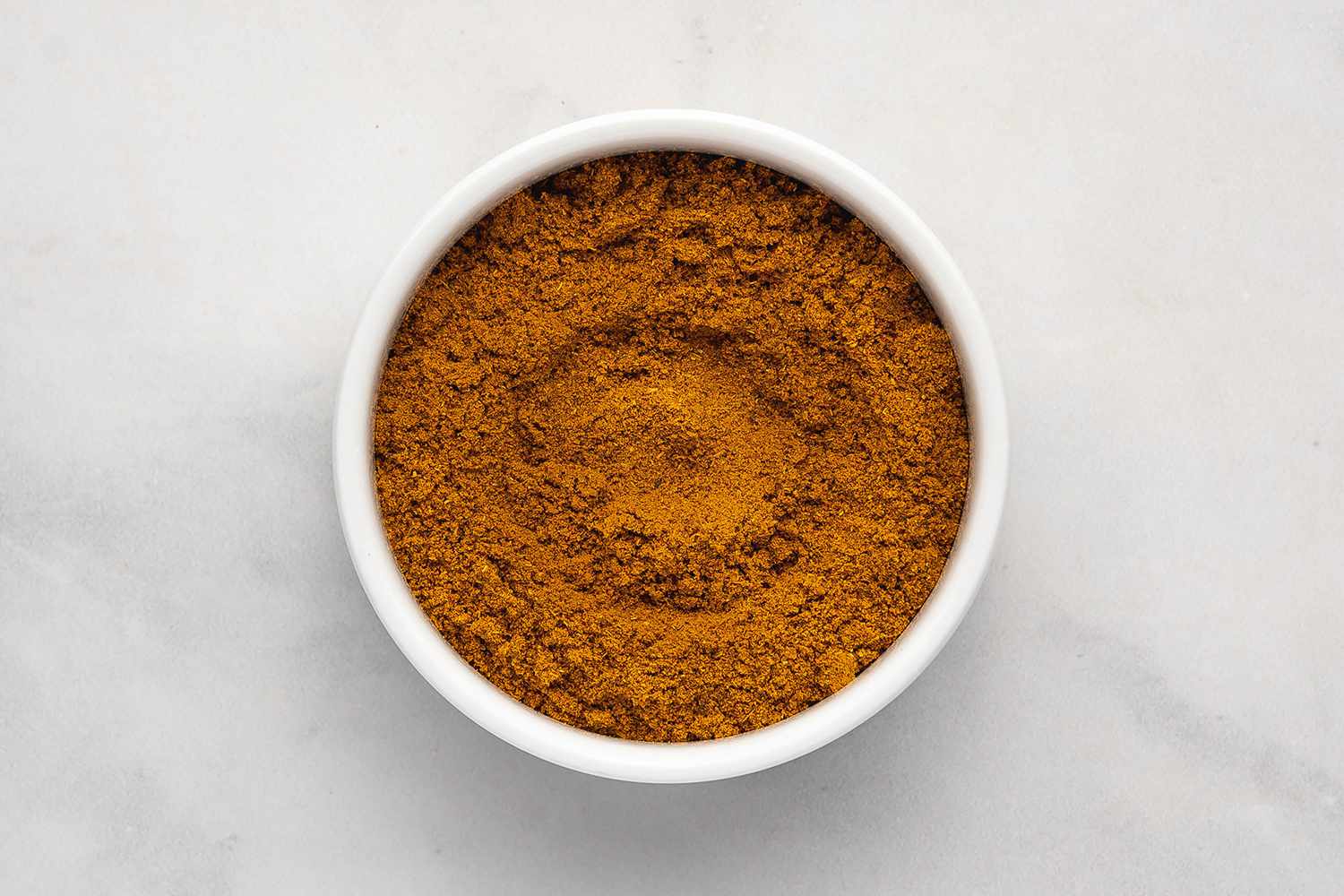Napa cabbage, also known as Chinese cabbage, is a popular vegetable in Asian cuisine that has gained popularity in Western cooking as well. This leafy green vegetable is known for its mild flavor and versatility in a variety of dishes. If you're wondering what napa cabbage is and how to use it, you've come to the right place. In this article, we'll explore the origins, nutritional benefits, and culinary uses of napa cabbage.
Origins and Description
Napa cabbage is a type of Chinese cabbage that is believed to have originated in the Beijing region of China. It is characterized by its oblong shape and tightly packed, pale green leaves. The leaves have a crinkly texture and a mild, slightly sweet flavor. Napa cabbage is a cool-weather crop and is typically harvested in the fall.
Nutritional Benefits
Napa cabbage is not only delicious but also packed with essential nutrients. It is low in calories and high in vitamins and minerals, making it a healthy addition to your diet. Some of the key nutrients found in napa cabbage include:
- Vitamin C: This vitamin is essential for a healthy immune system and is also a powerful antioxidant.
- Vitamin K: Important for blood clotting and bone health.
- Folate: A B vitamin that is crucial for cell growth and metabolism.
- Fiber: Helps with digestion and can contribute to a feeling of fullness.
Culinary Uses
Napa cabbage is incredibly versatile and can be used in a variety of dishes. Here are some popular ways to enjoy this delicious vegetable:
- Kimchi: Napa cabbage is a key ingredient in the traditional Korean dish, kimchi. The cabbage is fermented with a mixture of spices, creating a flavorful and spicy condiment.
- Stir-fries: The mild flavor and tender texture of napa cabbage make it a perfect addition to stir-fries. It adds a delightful crunch and absorbs the flavors of the other ingredients.
- Salads: Shredded napa cabbage can be used as a base for salads, adding a refreshing and crisp element to the dish.
- Soups and stews: Napa cabbage can be added to soups and stews, where it softens and imparts its delicate flavor to the dish.
How to Select and Store
When selecting napa cabbage, look for heads that are firm and heavy for their size. The leaves should be fresh and free from blemishes. Store napa cabbage in the refrigerator, where it will keep for up to two weeks. It's best to use it as soon as possible for the freshest flavor and texture.
In conclusion, napa cabbage is a versatile and nutritious vegetable that can be enjoyed in a variety of dishes. Whether you're stir-frying, fermenting, or adding it to soups, napa cabbage is sure to add a delightful crunch and flavor to your meals. Next time you're at the grocery store, be sure to pick up a head of napa cabbage and get creative in the kitchen!
Was this page helpful?
Read Next: What Is A Plain Cheeseburger?
